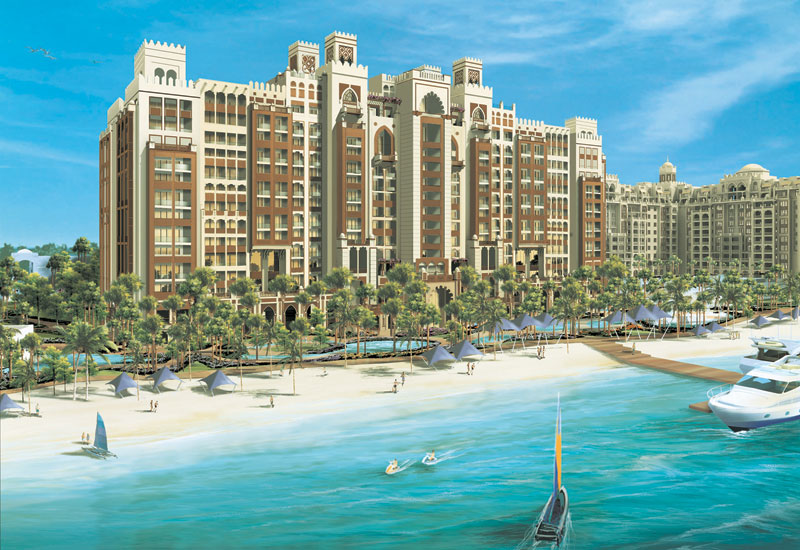 Fairmont Palm Jumeirah is one of the hotly-anticipated Palm properties due to open in Dubai in 2010.
Fairmont Palm Jumeirah is one of the hotly-anticipated Palm properties due to open in Dubai in 2010.
Cautious confidence
If the plans of Jumeirah Group and Accor Hospitality are anything to go by, development is definitely picking up pace in 2010. Some major players originally intended to launch in 2009 or 2010 are still missing, for example, Dubai’s first Conrad by Hilton is now scheduled to open at the end 2011, The Wave Muscat will not open hotels such as the Fairmont until 2012/2013 and the Palm Jumeirah is unlikely to have its full remit of hotels until at least 2013.
Of course, new properties will impact the supply and demand ratio, which most likely benefited from a rebalancing as a result of the development slowdown in 2009.
So, most importantly, are there still enough people travelling to fill the region’s hotels and resorts?
“There are always opportunities for growth regardless of business climate, but once again it will come back to understanding the consumer and delivering the product they want at the price they are willing to pay,” says Barnes.
He adds that the Middle East should perform in very similar terms to 2009, “which despite being a downturn on prior years, was still a strong market compared to many others”.
“We are seeing some positive indications of recovery in 2010, the decline in occupancy seems to have flattened but it is difficult to tell whether or not the worst is over,” says Hytönen at Rezidor.
“Travel budgets will remain tight. The leisure and corporate buy down is evident and expected to continue in 2010 and generally, operating conditions will remain competitive.
Again, as visibility is still low it is difficult to know whether the worst is now over, but the Middle East was Rezidor’s strongest market in Q3 2009 (although maybe a little expected given the time of year) and we are hoping for further improvements as we enter into the new year,” he concludes.

Advertisement
TRENDS TO WATCH OUT FOR
1 Conversions and takeovers: it’s not just individual properties that might change hands, entire brands may face new ownership
2 A buyer’s market: consumer demand for value for money should determine what hotels are charging
3 Mid-market growth: opportunity for the diversification of the market and the possibilities for more three-star hotels expected to continue
4 Guest expectations: the Middle East is perceived as having hotels of a high standard — value offers and mid-market hotels must maintain this
5 Average rates under pressure: it’s up to hotels to identify opportunities at different periods of the year to maximise them
6 Demand for international brands: owners will seek brands with global networks
7 Occupancy steadies: decline seems to have flattened
8 Tight travel budgets: corporate travel still down, but some anticipate growth of the groups segment
9 Reduced pipeline:
Upcoming properties pipeline has reduced tremendously; people with cash are kings
10 Asset management: after a decade of asset creation, the hotel industry is now prioritising asset management








 Search our database of more than 2,700 industry companies
Search our database of more than 2,700 industry companies









